Spring in South Carolina is a nice season. It is neither hot nor cold, we have a wide variety of flowering plants many of which only show themselves in Spring. I am however, allergic to South Carolina from March to May, so for me to enjoy spring, I have to load up on Benadryl and make no long excursions outside. For many of the excursions that I do make in spring, I take only my smart phone and my loop for observing and photographing nature.
One of the advantages of this combination is that it works really nice for macro photography. I have here to fore been nothing but disappointed with my DSLR and macro lenses and this somewhat unconventional combination is light and easy to carry and many of the spring ephemerals and wild flowers are small or the interesting subjects are just emerging.
Last weekend at the family farm, I went out to see what was emerging from its winter slumber and I captured a lot of interesting scenes. Below you can see a fern unrolling beneath a few May apples. The may apple leaves here look just a little fuzzy with pollen.
This dusting of pollen can bring interest and scale to some of my macro images. I have also found that I am able to turn my nemesis into my helpful assistant, especially on days like this, where pollen is everywhere and on everything, so there is no helping but to include it in the shot. Here a fly on a flower has 3 obvious grains on his or her back.
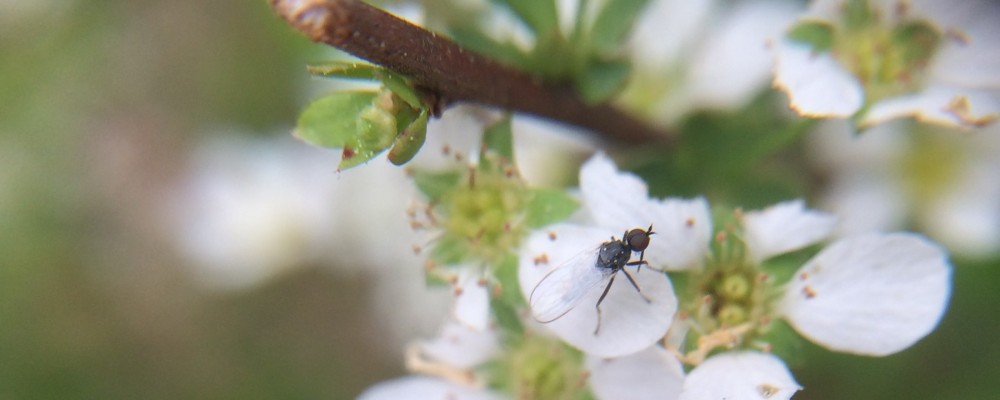
The more interesting shots though, are with the loop in tandem with my smart phone. The larger pollen grains begin to pepper the shot and bring a sense of scale to the subject. Here a violet wood sorrel is coated with pollen.
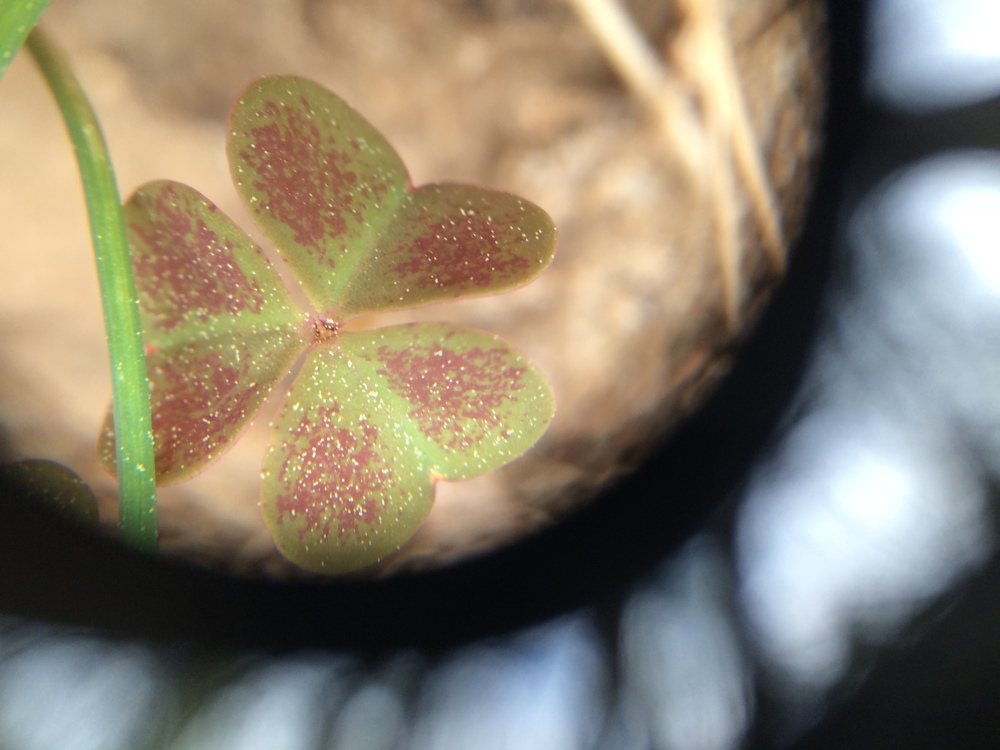
Pollen tends to be between 10 and 100um in diameter, so I have also found that it can be not only a subjective indicator of size but also a way to bring a figure of reasonable order of magnitude to my subjects. Below, where an insect is hunting on a hornwort, one can see that the largest pollen grain put side by side counted up makes about 20 grains for the length of the snout mite (Family Bdellidae) or 2mm. This it turns out is a fairly accurate length of a snout mite of this variety.

Here, is a photo of an arrowleaf heartleaf (hexastylis arifolia) flowers or “little brown jugs”. The hairs inside the flower are about 100um in diameter or about the size of the largest single pollen grain shown.
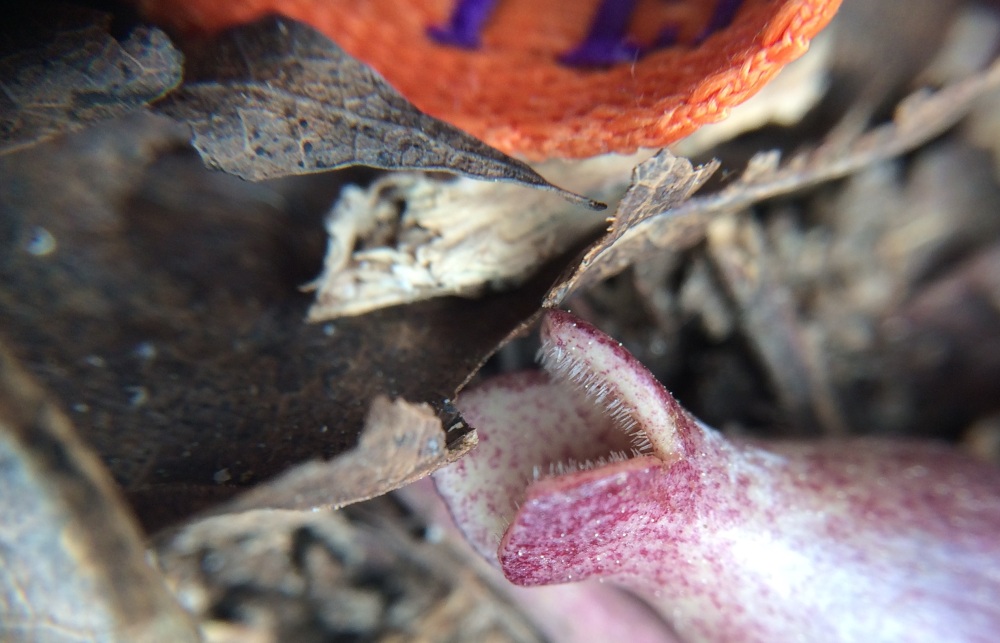
…And her are some images of lichens and mosses below that which show more pollen for scale, especially if zoomed in on your desktop.


Sometimes you catch something that you never knew was there until you look at it later and closer on your computer screen and as in this shot you find a small insect in the wild only 500um long. Below, this blue insect almost matches it’s background in a mixed hornwort and moss forest.
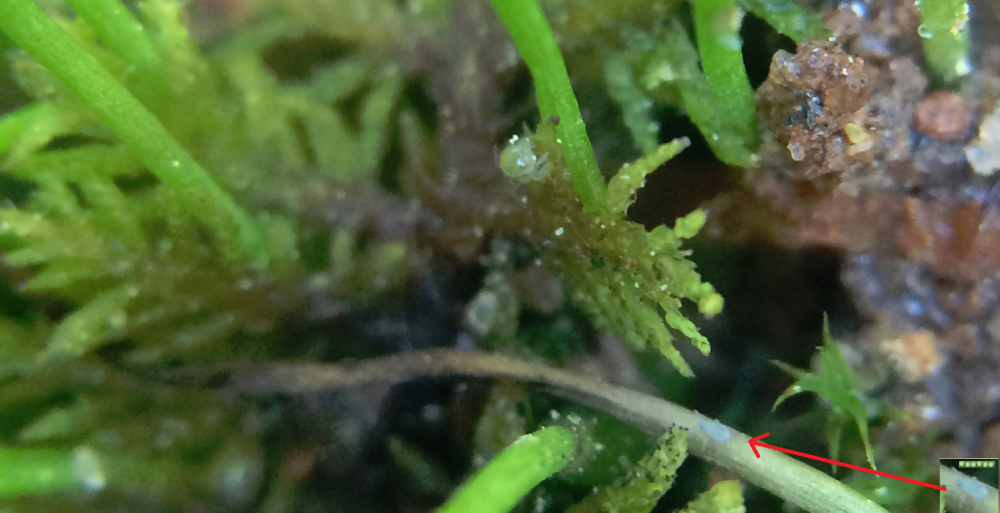
Other times it rains and I can breath easily again.
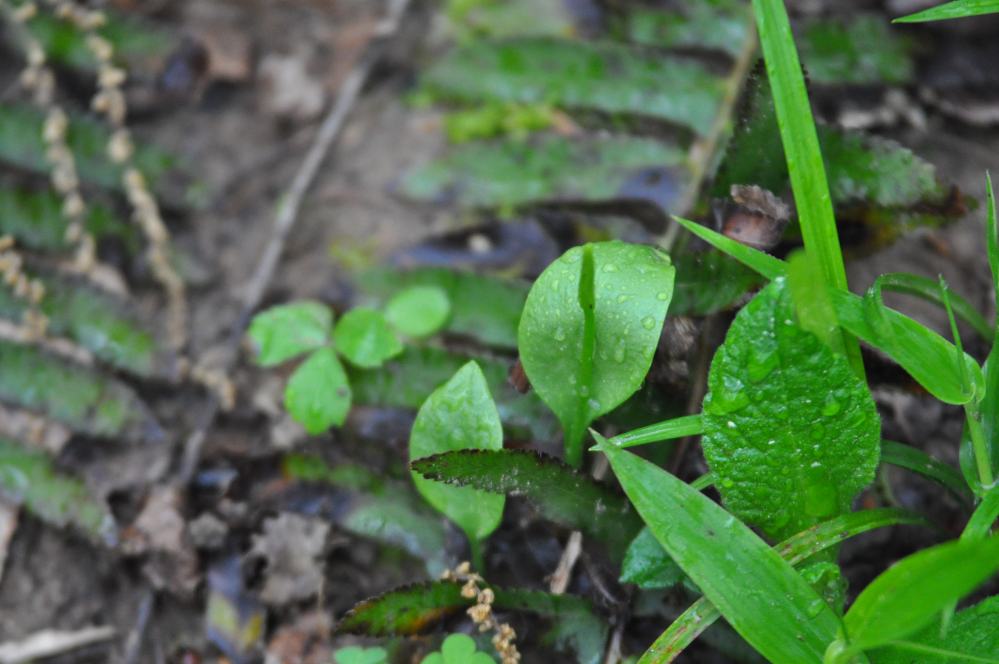

I like your postings Ray.
LikeLike